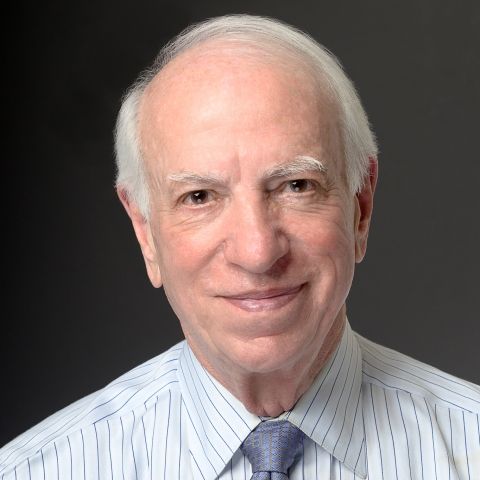

Tobacco policy in the United States is being transformed from the laissez faire approach (accompanied by a stunning history of industry deception) that prevailed for most of the twentieth century to a uniquely aggressive scheme of regulation reflected in the federal Tobacco Control Act of 2009, FDA regulations, and state and local tobacco control restrictions. The widely acknowledged aim of current national policy is to suppress consumption as a means of reducing tobacco-related morbidity and mortality. The nation’s aggressive regulatory policy, explicitly framed as an alternative to prohibition, has four subsidiary goals: reduce initiation among young people; help smokers quit; reduce harm among people who are unable to quit; and protect non-smokers from environmental tobacco smoke. Although many innovations mandated by the Tobacco Control Act and by the FDA’s implementing regulations have survived industry challenge, others have not. Two federal circuit courts have opined, respectively, that the First Amendment entitles tobacco companies to use colorful images to promote smoking while it forecloses the government from trying to discourage smoking by requiring the companies to include graphic health messages on cigarette packs. This incoherent conception of the First Amendment narrows the available policy space and forces the government to choose between prohibition and a tepid form of regulation. If tobacco were an illegal product, no one would have a right to promote its use and government would be free to use all available media to discourage it. Under these two misguided precedents, however, by allowing tobacco to remain legal, the government is constitutionally foreclosed from using potentially effective tools of regulation to protect the public health. One naturally wonders whether the First Amendment also forecloses meaningful public health regulation of marijuana if prohibition is abandoned.
Citation
Richard J. Bonnie, The Impending Collision Between First Amendment Protection for Commercial Speech and the Public Health: The Case of Tobacco Control, 29 Journal of Law and Politics (2014).